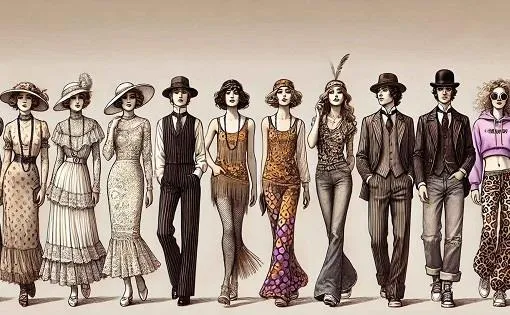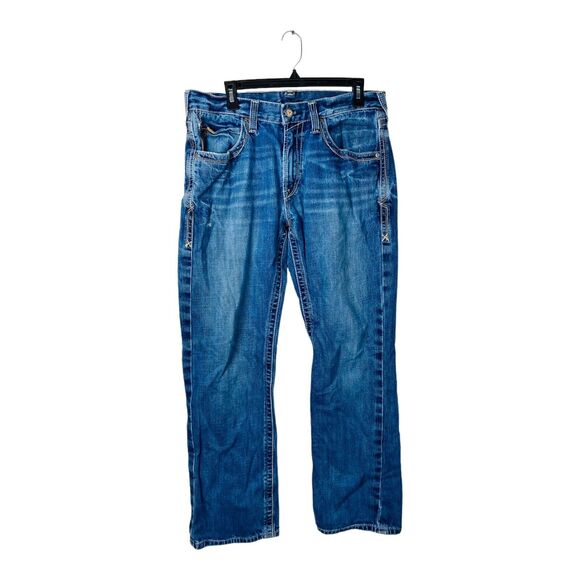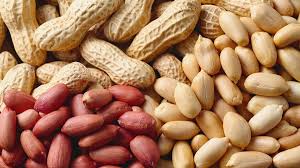The Evolution of Fashion Trends

The Evolution of Fashion Trends
By Abbah christy
Fashion from earlier times, known for its intricate and structured designs, has evolved into today’s varied and flexible styles that frequently prioritize comfort, sustainability, and personal expression. The transition from lavish dresses of the past to contemporary minimalism and gender-neutral fashion illustrates changing societal values and technological progress.
Here’s a closer examination of this evolution:
Olden Days (Historical Context):
- Marking Status and Tradition:
In previous eras, fashion often indicated social status and class, with rich materials and elaborate designs signifying wealth and authority.
- Formal and Rigorous:
Styles tended to be very structured, incorporating corsets, wide skirts, and detailed embellishments.
- Cultural and Regional Variations:
Fashion showcased significant differences depending on the region and culture, mirroring local customs and materials.
- Illustrations:
The Renaissance period’s intricate styles, the fitted dresses of the 1890s, and the flapper attire of the 1920s.
Transformation to Present Fashion:
- Fashion’s Democratization:
Mass production and globalization have made fashion more widely available, with trends changing quickly and becoming less associated with social hierarchy.
- Priority on Comfort and Function:
Contemporary fashion frequently emphasizes comfort, usability, and ease of wear, featuring looser fits and practical fabrics.
- Ethics and Sustainability:
There is an increasing focus on sustainable and ethical fashion practices, highlighting eco-friendly materials and fair labor standards.
- Personal Expression and Inclusivity:
Contemporary fashion promotes individuality and self-expression, featuring a broader array of styles and an increasing trend towards gender-neutral clothing.
- Illustrations:
The emergence of streetwear, athleisure, and gender-neutral apparel, the resurgence of retro styles, and the emphasis on sustainable materials and practices.
Key Differences:
Feature Old Fashion Modern Fashion
Status Symbol Extremely significant but still relevant
Structure Highly structured and limiting More relaxed and comfortable
Materials Costly and elaborate A diverse selection, including eco-friendly options
Accessibility Restrained Widely available and mass-produced
Focus Appearance and status Comfort, sustainability, and personal expression
Ultimately, the evolution of fashion signifies a transition from an emphasis on formality, status, and regional styles to enhanced accessibility, comfort, and personal expression, along with a heightened awareness of sustainability and ethical standards.









